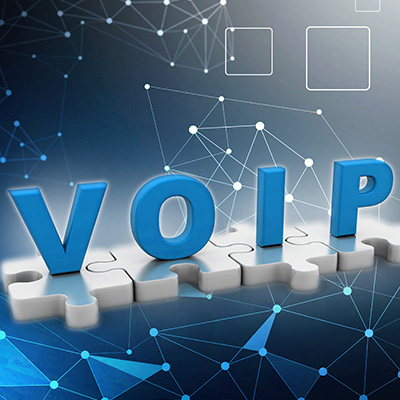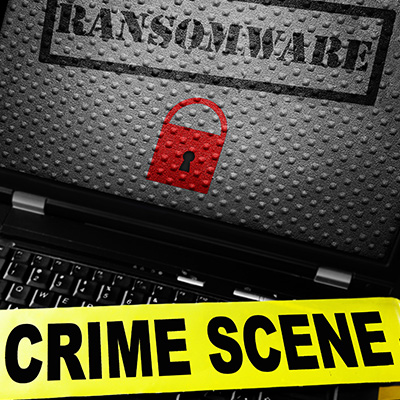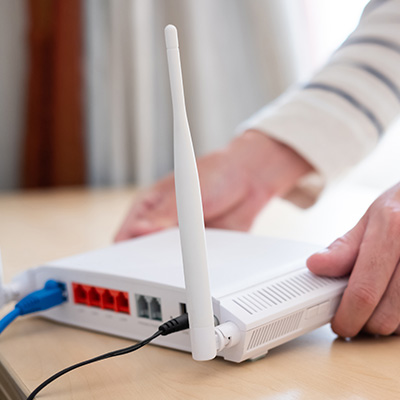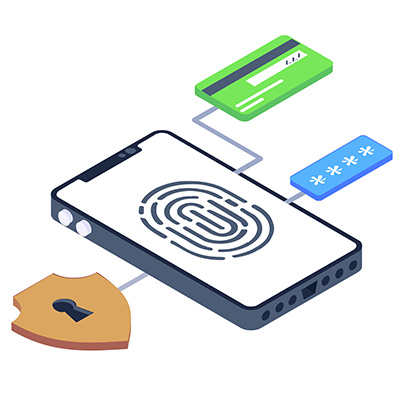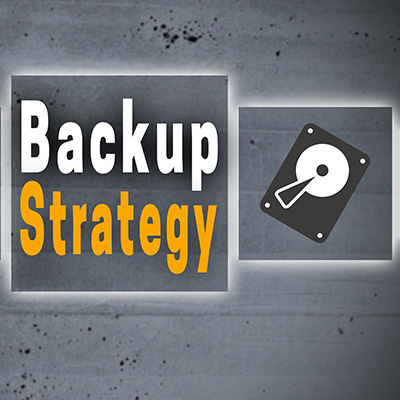The traditional telephone system may have once been a prominent part of your business’ communication infrastructure, but chances are that since technology has improved, you are wasting capital if you are still utilizing an antiquated telephone system. Let’s look at why using older telephone systems can hurt your business.
At the end of January, the Federal Bureau of Investigation went public with an announcement that they had taken down the servers and Dark Web sites utilized by the Hive ransomware gang. This is a major victory, in terms of fighting cybercrime, but a certain statistic from this operation shows a somewhat disconcerting trend.
It isn’t easy to run a small business, and a lot of this difficulty comes from the fact that, as an owner of a small business, you have some limitations that dictate how your business can be run. For many businesses, one of these is a budgetary one. If you are going to stabilize your costs, you need to know that the investments you make are going to work. One way a managed services provider accomplishes this is through remote monitoring and maintenance.
Back in the early days of wireless Internet connectivity, setting up your router was a challenge. Fortunately, this is no longer the case, and it’s a pretty simple process. However, that is not to say that there aren’t better ways of doing things as compared to others. Let’s go over a few things that you’ll want to address as you’re setting up your wireless router.
Even the most technology-literate of your average employees is not going to have the knowledge needed to manage and maintain your entire business infrastructure, and you shouldn’t expect them to, either. It takes a special kind of attention and training to manage complicated enterprise-level technology, but how can you make sure your business has access to these important resources?
In recent months, publicly-accessible AI tools have ignited interest in using artificial intelligence amongst businesses, and for good reason. While these tools are very, very limited in what they can do—which we will discuss here for sure—they still show enormous potential. However, this potential introduces a few major questions to the conversation. Let’s examine some of them.
Passwords, as annoying as they are sometimes, are the front line of defense to almost every account and profile your business depends on. That doesn’t stop security professionals from trying to develop better strategies to secure digital systems. Some of the biggest names in tech are searching for ways to forge ahead passwordless. Let’s take a look at one example that has drawn the attention of the tech community.
We write in a lot of general terms about technology, whether it’s how to secure your infrastructure, procure hardware, or implement software solutions for your network, and that is for one very specific reason: each business is different and has different needs. We thought today that we would take you through some of the questions you might ask when thinking about the best approach to new technology in your office.
Love them or hate them, cutesy little acronyms like this just don’t have a place in business communications. However, for some people, they’ve become so habitual that they almost can’t help but use them everywhere. In light of this lack of meaning, one artist and tinkerer has devised a way to judge whether or not the “LOL” is sincere.
We are of the firm belief that data backup is crucial to the continued success of any business. It can be the differentiating factor for a business that is successful and one that less unfortunate circumstances knock them off the grid for good. You can invest in your business’ future with a solid data backup solution, even if it’s there simply as a preventative measure.

